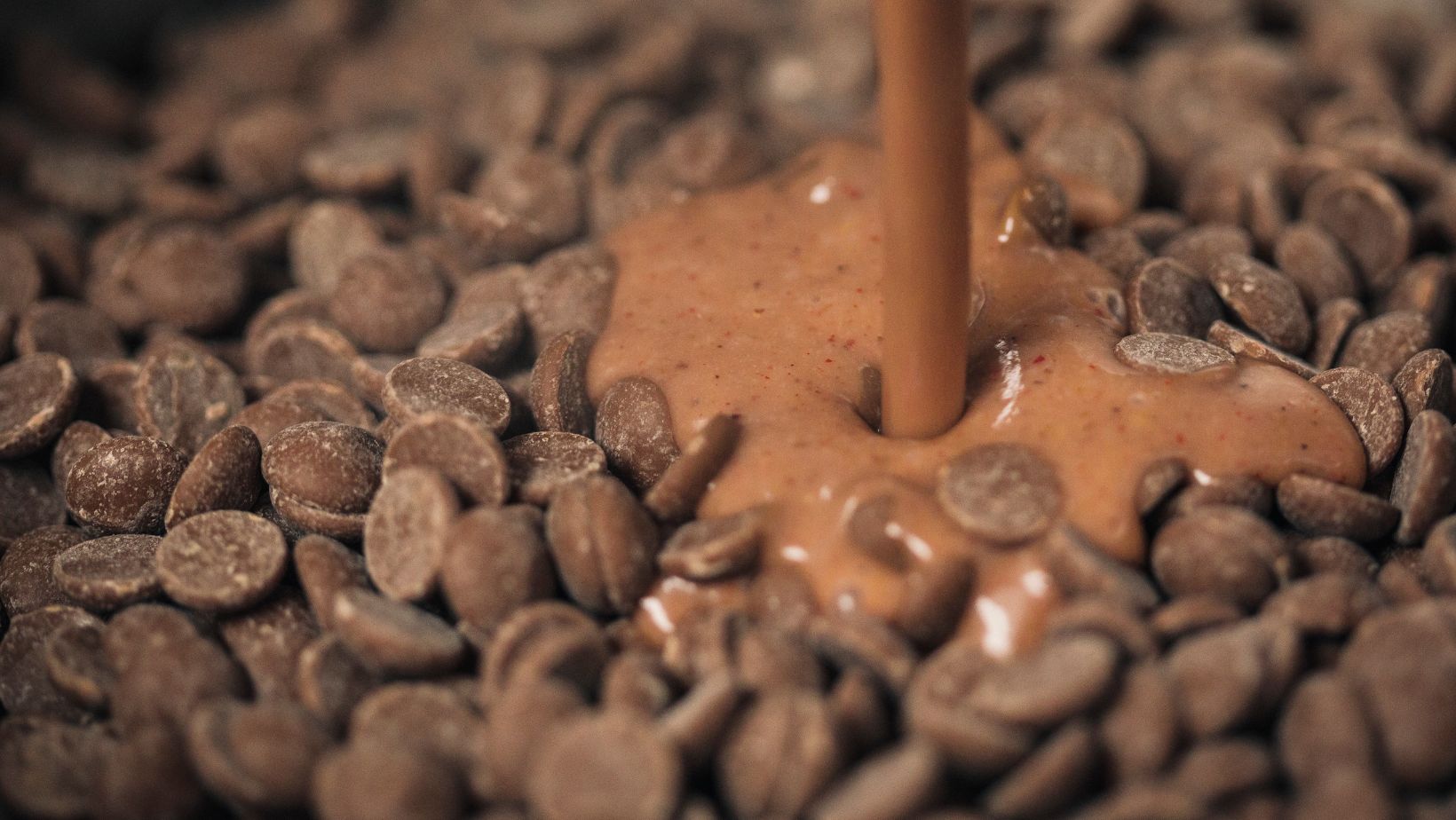

· By Mona Shah
Chocolate Storage - Should You Keep It In The Fridge?
Chocolate lovers know that nothing compares to the taste of premium chocolates that are fresh, smooth, and perfectly indulgent. To maintain this divine taste, it's essential to store your chocolate correctly. Whether you've decided to buy chocolates online or pick them up from a local shop, knowing the best place to store chocolate is crucial to preserving its quality. In this article, we'll explore expert tips on how to store chocolate, discuss common storage issues like sugar blooming, and explain why our chocolates shouldn't be kept in the fridge.
The Best Place to Store Chocolate
Storing chocolate correctly involves managing temperature, humidity, and exposure to light and air. Here are some key factors to consider:
-
Temperature: The ideal temperature for storing chocolate is between 15°C and 20°C (59°F and 68°F). Storing chocolate in a cool, dry place will help maintain its texture and flavour. Temperatures above 20°C can cause the cocoa butter to rise to the surface, leading to a condition known as fat bloom.
-
Humidity: Chocolate should be stored in a place with low humidity, ideally below 50%. High humidity can lead to sugar bloom, which we'll discuss in detail later. A dry environment prevents moisture from affecting the chocolate's surface.
-
Light and Air: Exposure to light and air can cause chocolate to lose its flavour and freshness. Store chocolate in an airtight container away from direct sunlight to protect it from these elements.
By following these guidelines, you can ensure your premium chocolates remain as delectable as the day they were made.

Nobody wants to open a chocolate box and discover that they have melted, however, storing chocolate in the fridge can cause changes to the appearance, taste, and texture.
Sugar Bloom: What It Is and Why It Happens
One of the most common storage issues with chocolate is sugar bloom. Sugar bloom occurs when chocolate is exposed to moisture. Here’s what you need to know about it:
-
Appearance: Sugar bloom appears as a white, powdery layer on the surface of the chocolate. Unlike fat bloom, which is greasy, sugar bloom has a dry texture.
-
Cause: This phenomenon happens when chocolate is stored in a humid environment. The moisture dissolves the sugar on the chocolate’s surface, and when the water evaporates, it leaves behind a sugar residue. This can happen if chocolate is moved from a cold to a warm environment too quickly, causing condensation.
-
Prevention: To prevent sugar bloom, keep chocolate in a stable, dry environment with controlled humidity. Avoid exposing chocolate to sudden temperature changes, and store it in airtight containers to minimize moisture exposure.
Fat Bloom: What It Is and Why It Happens
Another common issue in chocolate storage is fat bloom. Understanding fat bloom is crucial to preserving the quality of your premium chocolates.
-
Appearance: Fat bloom manifests as a dull, whitish film on the surface of the chocolate. Unlike sugar bloom, fat bloom feels slightly greasy to the touch.
-
Cause: Fat bloom occurs when the cocoa butter in the chocolate separates from the cocoa mass and rises to the surface. This can happen due to temperature fluctuations, such as when chocolate is exposed to high temperatures or is stored at an inconsistent temperature. Poor tempering during the chocolate-making process can also lead to fat bloom.
-
Prevention: To prevent fat bloom, store chocolate at a consistent, cool temperature (15°C to 20°C) and avoid exposing it to heat. Keeping chocolate in an airtight container can also help maintain a stable environment. Ensuring that chocolate is well-tempered during production minimizes the risk of fat bloom.

While the appearance of a sugar or fat bloom may be unappealing, your chocolate is still perfectly safe to eat although it won't taste or feel the same.
Why Not Store Chocolate in the Fridge?
It's a common misconception that chocolate should be stored in the refrigerator. While it might seem logical to keep it cool, refrigeration can actually harm your chocolate. Here's why:
-
Moisture: The fridge is a high-humidity environment, which can lead to sugar bloom. When you take chocolate out of the fridge, condensation forms on its surface, causing the sugar to dissolve and then recrystallize into a white, powdery layer.
-
Odours: Chocolate can absorb strong odours from other foods stored in the fridge, which can alter its taste. Chocolate's delicate flavour profile can be compromised by the scents of garlic, onions, or other aromatic foods.
-
Texture: Refrigeration can cause chocolate to lose its smooth, melt-in-your-mouth texture. The cold environment can make the cocoa butter in the chocolate harden, resulting in a brittle and less enjoyable texture.
For these reasons, it’s best to store your premium chocolates at room temperature in a cool, dry place, rather than in the fridge.
Enjoying Your Chocolate at Its Best
At Harry Specters, we craft our chocolates with the utmost care and dedication to quality. To enjoy our premium chocolates at their best, whether you buy chocolates online or pick them up in person, it’s essential to store them properly.
By taking these steps, you can savour the full, rich flavours of our chocolates just as our chocolatiers intended. Proper storage ensures that every bite is a delightful experience, embodying the premium quality and indulgence you expect from Harry Specters.
In conclusion, knowing the best place to store chocolate is key to maintaining its divine taste and texture. By understanding and avoiding common storage issues like sugar bloom and steering clear of the fridge, you can keep your chocolates fresh and flavourful. So, find that sweet spot in your home and enjoy your premium chocolates to the fullest.
